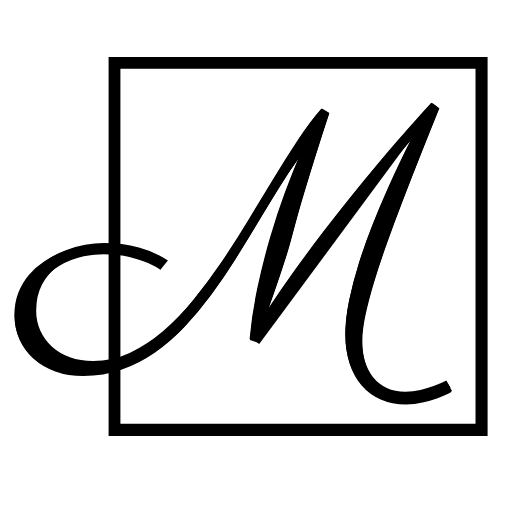In a recent interview, I was asked this question:
“If someone were completely new to mindfulness, what would you want to share with them to introduce them to this practice or help them get started?”
I actually just finished a book on this (yep, there’s another one in the works!), and I signed a publishing contract last week! I can’t give away too many details yet, but the book offers over 100 simple mindfulness practices that easily integrate into any schedule and benefit all areas of your life. Stay tuned!
For those new to and interested in mindfulness, here is my message to you.
Start by paying attention
I would start by keeping things very simple. You don’t need to reinvent the wheel so start by paying attention to what you’re already doing. Breath is a great example as are practices like mindful walking and mindful eating. It doesn’t have to be revolutionary; it only requires your attention.
Very powerful things happen when you pause in your day to notice you’re breathing. What’s that about? What does that mean? You exist. You’re alive. You’re a conscious being in an infinite universe. You have an unbelievable capacity to live a beautiful, fulfilling life. You can make life-changing decisions in a second; you constantly decide who to be, what to do, how to act, what impact you want to make, what you want the world around you to look like. It’s astounding, our consciousness, our existence.
Know what mindfulness means
Jon Kabat-Zinn is known as the “Father of Mindfulness” in the western world. In 1979, he founded the Stress Reduction Clinic at the University of Massachusetts Medical School, where he adapted Buddhist teachings on mindfulness to develop Mindfulness-Based Stress Reduction (MBSR), a program combining meditation and simple yoga movements. And his definition of mindfulness shows you how simple yet profound this practice is:
“Mindfulness means moment-to-moment, non-judgmental awareness. It is cultivated by refining our capacity to pay attention, intentionally, in the present moment, and then sustaining that attention over time as best we can. In the process, we become more in touch with our life as it is unfolding.”
“We become more in touch with our life as it is unfolding.” How wonderful and liberating does that sound? As it is unfolding. Not as we control it or will it to be but as it naturally unfolds. Of course, this isn’t to say that living mindfully means sitting back and passively letting life float on without you. Quite the contrary. It’s about waking up.
“Mindfulness is about being fully awake in our lives. It is about perceiving the exquisite vividness of each moment. And by doing this, we gain immediate access to our own powerful inner resources for insight, transformation, and healing.”
Wake up and smell the roses (perhaps literally). Wake up to your consciousness, your existence, your capacity for transformation. Wake up. Pay attention. Live your life.
Focus on the practice
It’s incredible what we can do when we realize and learn to tap into those inner resources. And we can do this very simply but with practice. I think this is the case for a lot of things. Whether you want to become more mindful, overcome negative self-talk or limiting beliefs, gain clarity on your vision and begin to pursue it—whatever it is that you’re striving for—it’s not the path that’s the hard part, it’s the persistence. Sticking to it is what sets apart the successful doers from the dreamers. Success is about sustainability and longevity and that comes from intentional, consistent practice.
So to begin, start small. Keep things simple, keep them personal, purposeful, and practical. And then keep practicing— keep paying attention, honing your craft, coming back to your practice and your purpose. Why did you want to begin in the first place? Answering that question should be your first priority because it will prime you for longevity and it will give clarity to each step that you take moving forward.
How can you begin to cultivate the practice of paying attention in your everyday routines, tasks, and so on? Let me know in the comments below!
Get the newsletter
Twice a month, I send tips and tools for time, task, and energy management, work-life wellness, and more.



